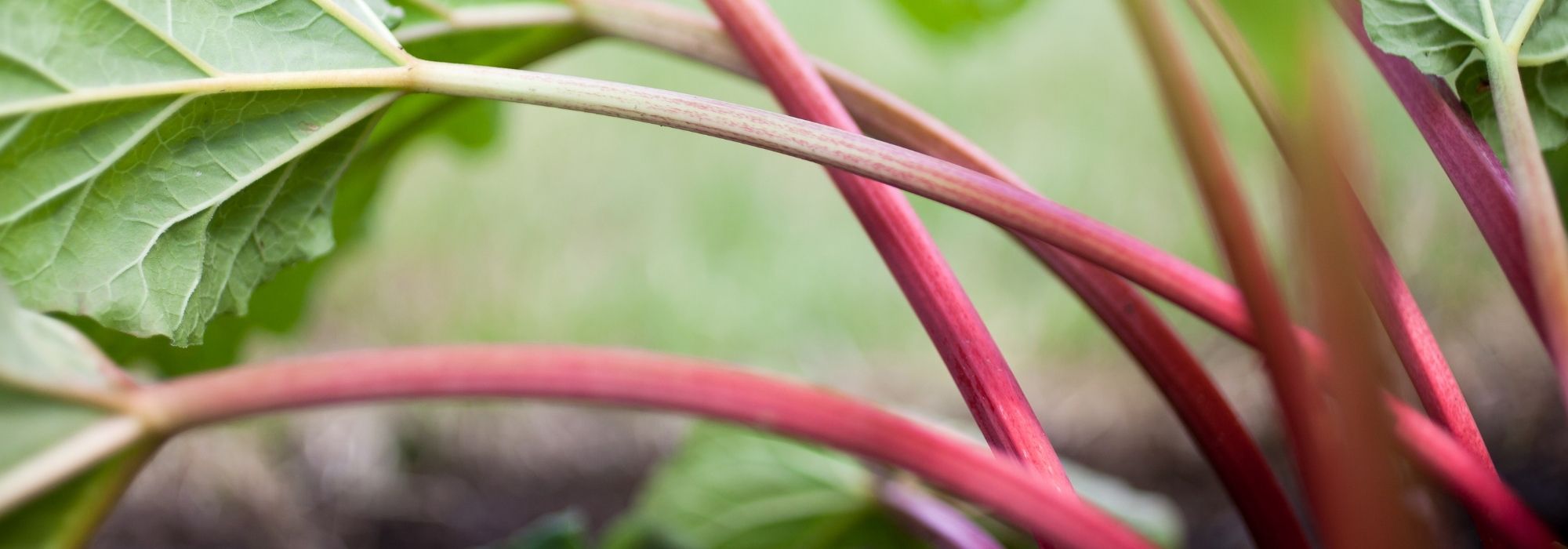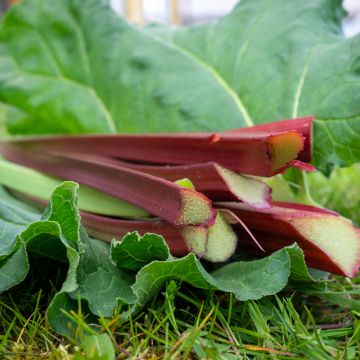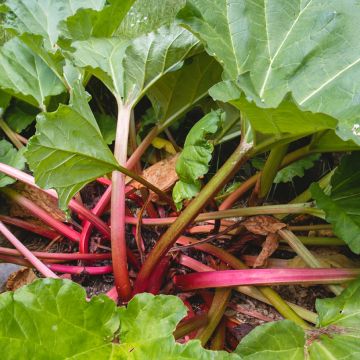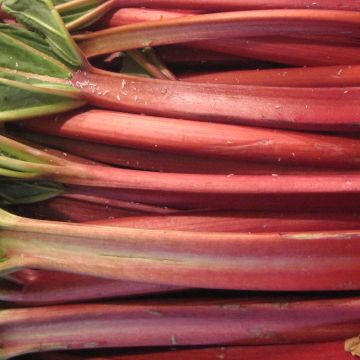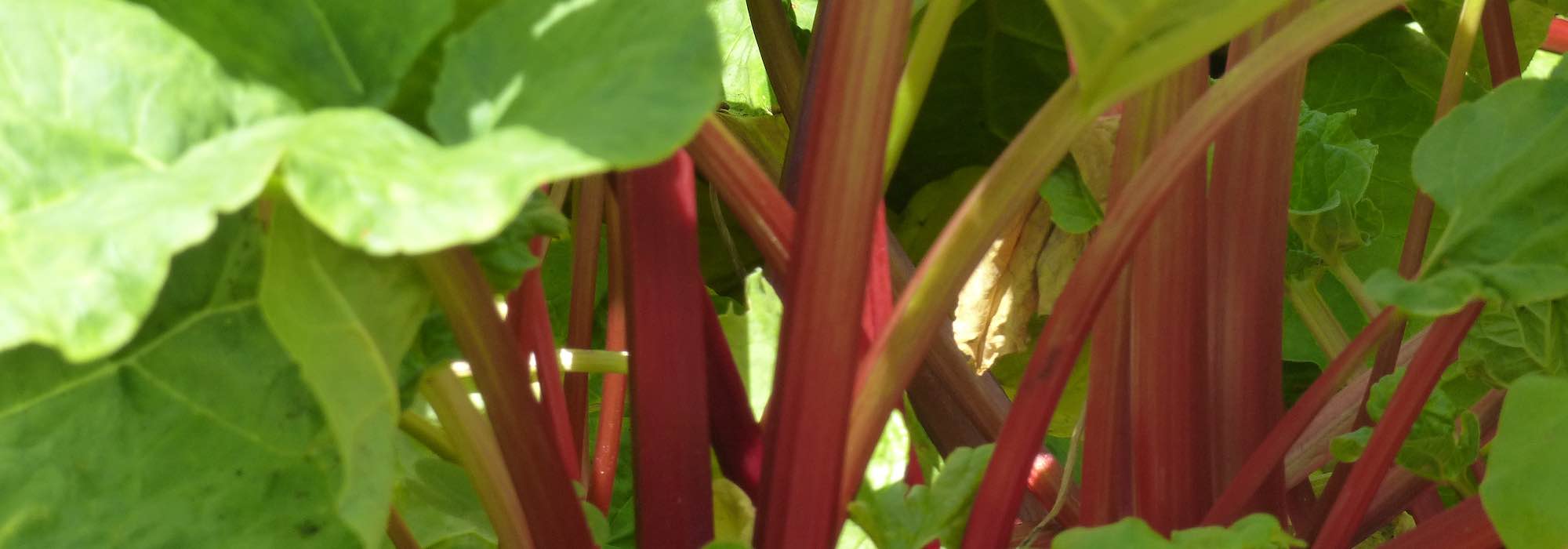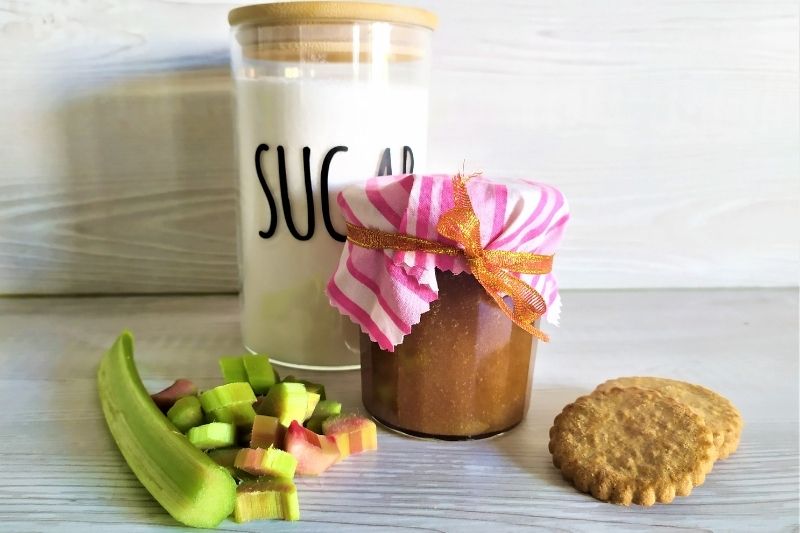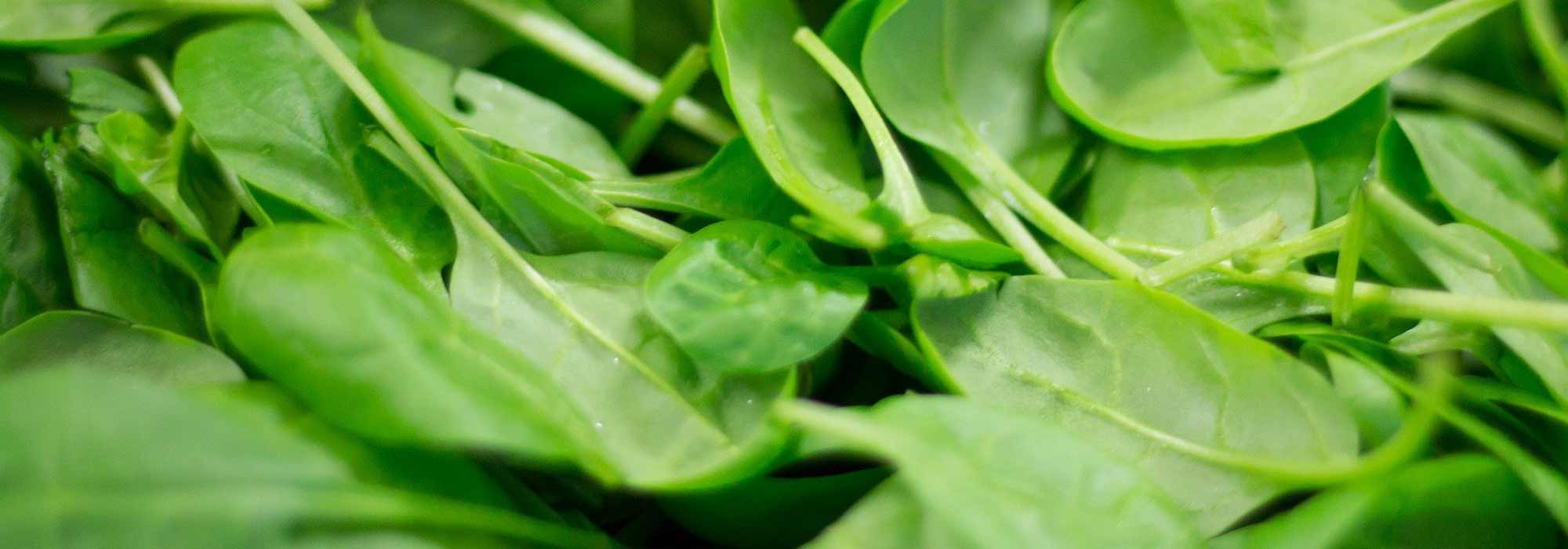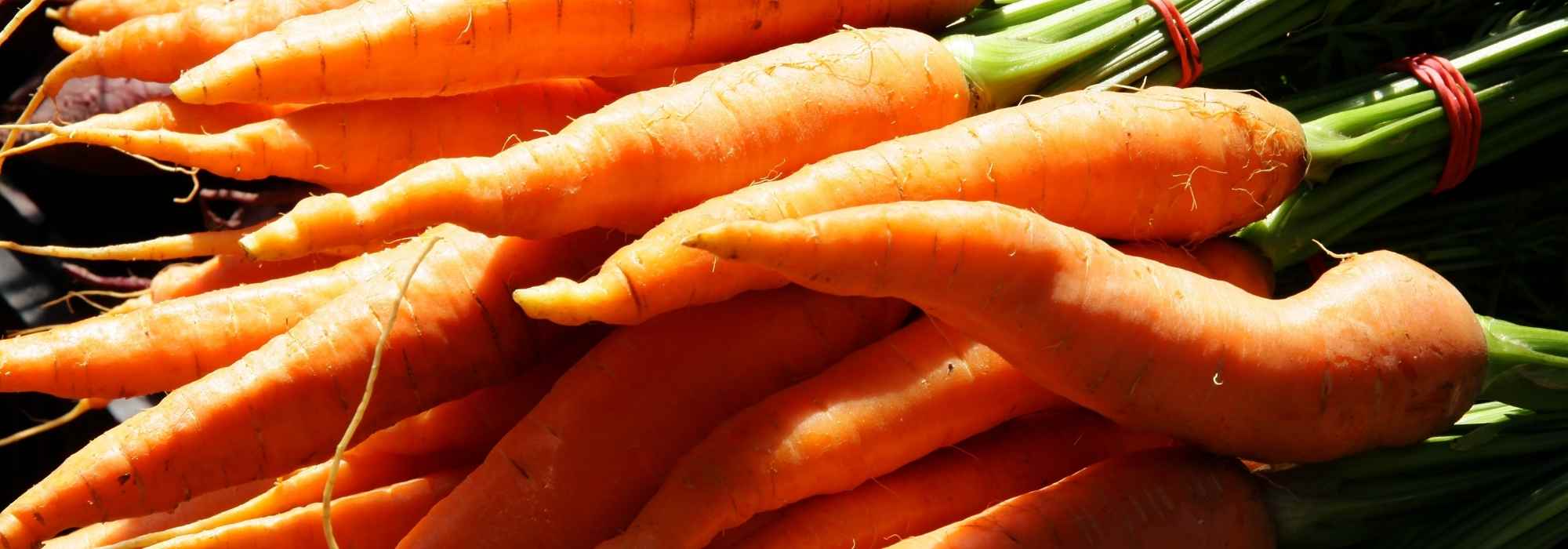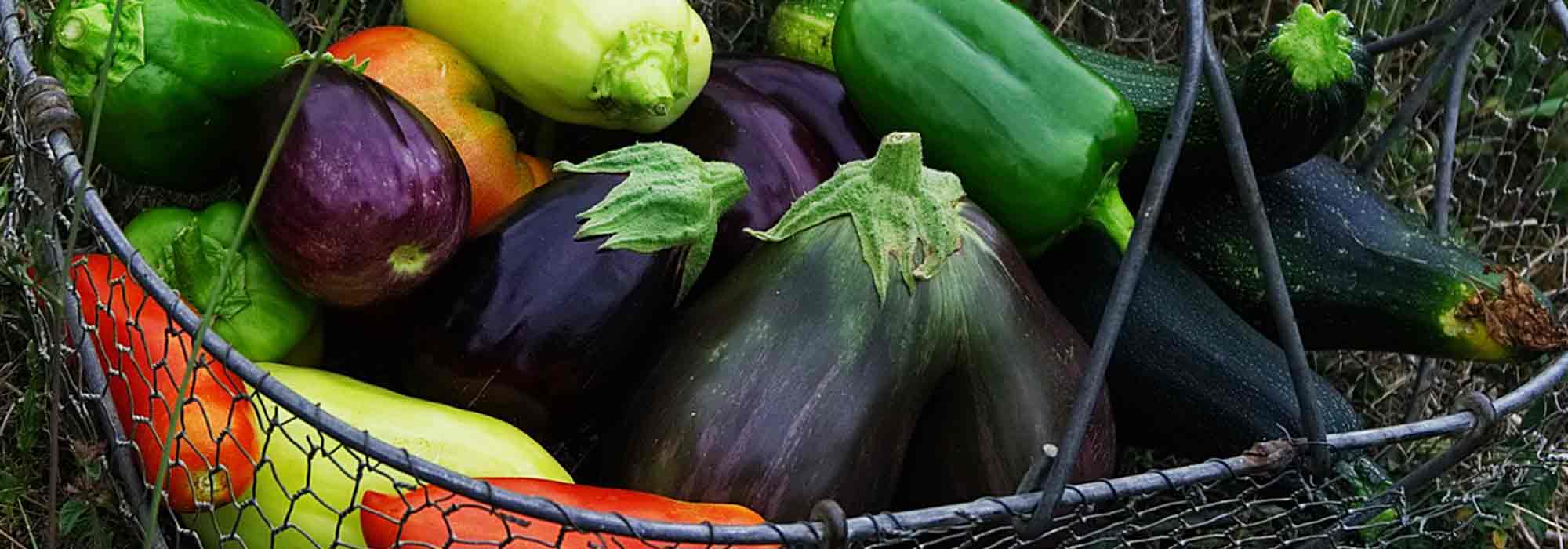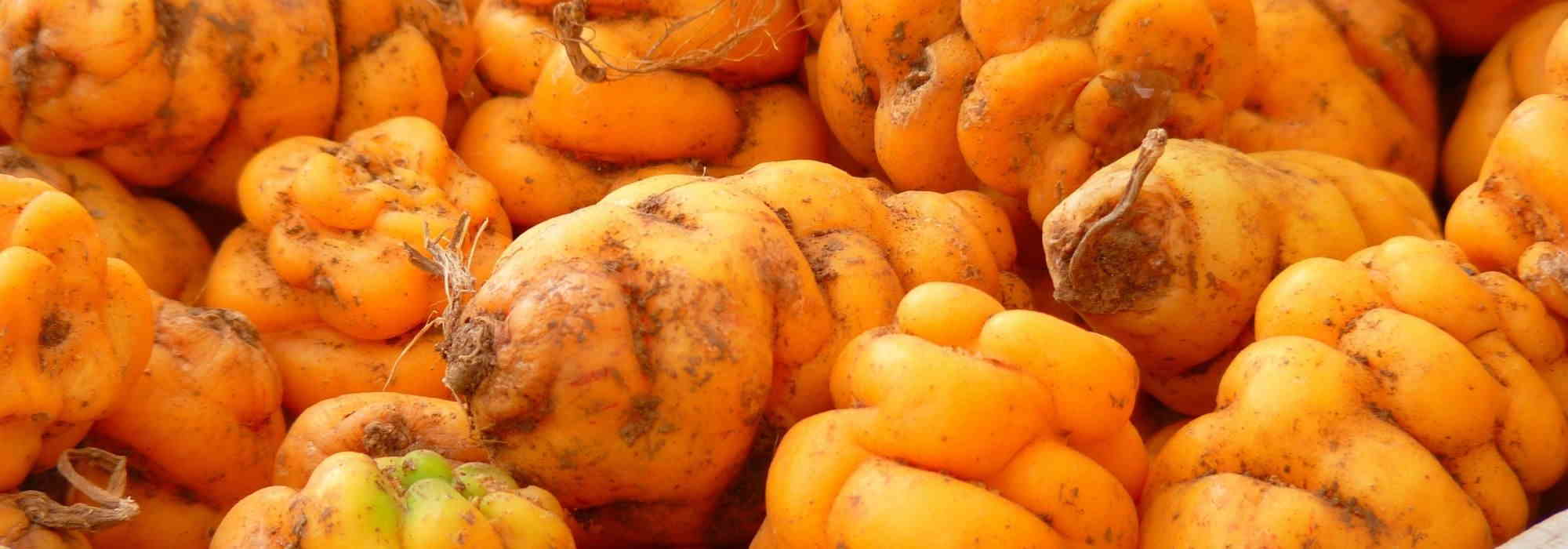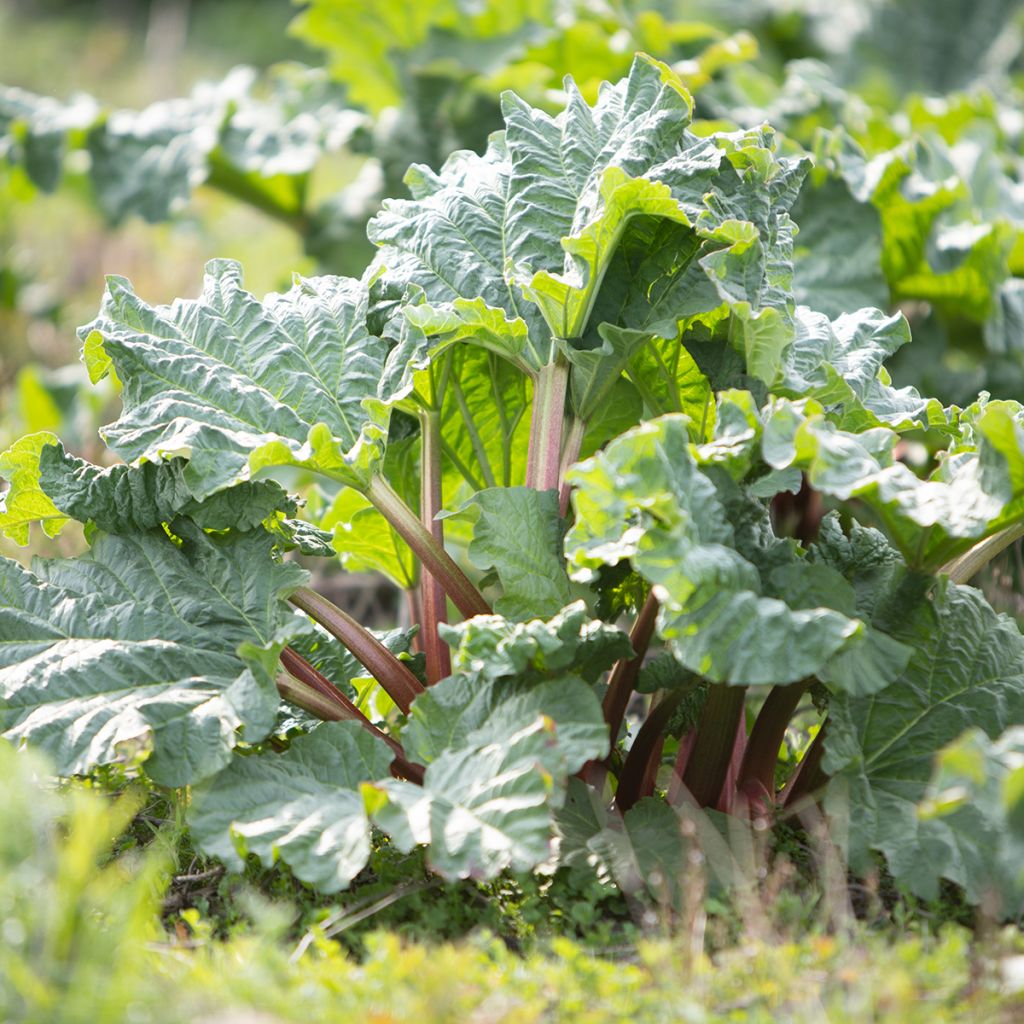

Rheum hybridum Victoria - Rhubarb


Rheum hybridum Victoria - Rhubarb
Rheum hybridum Victoria - Rhubarb
Rheum x hybridum Victoria
Rhubarb
Well established and thriving, growing nicely but still too early to comment on the flavor quality.
Marie, 08/06/2025
Special offer!
Receive a €20 voucher for any order over €90 (excluding delivery costs, credit notes, and plastic-free options)!
1- Add your favorite plants to your cart.
2- Once you have reached €90, confirm your order (you can even choose the delivery date!).
3- As soon as your order is shipped, you will receive an email containing your voucher code, valid for 3 months (90 days).
Your voucher is unique and can only be used once, for any order with a minimum value of €20, excluding delivery costs.
Can be combined with other current offers, non-divisible and non-refundable.
Home or relay delivery (depending on size and destination)
Schedule delivery date,
and select date in basket
This plant carries a 12 months recovery warranty
More information
We guarantee the quality of our plants for a full growing cycle, and will replace at our expense any plant that fails to recover under normal climatic and planting conditions.
Would this plant suit my garden?
Set up your Plantfit profile →
Description
The 'Victoria' Garden Rhubarb (Rheum x hybridum, Rheum rhabarbarum) is a particularly vigorous variety and one of the best in terms of taste. This large perennial produces numerous and strong fleshy stalks coloured red at the base. Their tender green flesh has a deliciously tart flavor. 'Victoria' forms a generous bouquet of exotic-looking leaves that can be grown in the vegetable garden as well as in a large flowerbed. It is a very hardy perennial plant, easy to grow in any fertile garden soil that does not dry out. The stalks or petioles can be cooked in crumbles, pies, compotes, jams, or marmalades, while the leaves are toxic.
This variety of Rhubarb Victoria is usually harvested from May 15th onwards and the stalks weigh between 500g to 1kg. In the garden, it is recommended to allocate at least 1m² of space for it.
Originally from Asia, Garden Rhubarb belongs to the Polygonaceae family. Used as a medicinal plant since ancient times, it has only been consumed as food since the 18th century. Marco Polo introduced it to Europe.
Rhubarb is a vigorous plant that, once established, produces large leaves whose petioles are consumed, often green tinged with red. Its flowering is not systematic. It occurs in June in the form of panicles of white flowers. It is rather ornamental but can have a negative impact on leaf production and tends to exhaust the plant. It is therefore advisable to remove the floral stalks before they develop.
In the garden, it thrives best in humid, fertile soil and cool climates. You can place it in full sun or partial shade, ensuring it has enough space for its development, at least 1m², or even 1.5m².
In cooking, the petioles are usually consumed cooked in jams, compotes, marmalades, or as pie fillings. Some people also eat them raw, dipped in sugar and eaten as is. Its deliciously sweet-tart flavor pairs particularly well with strawberries. Try this combination in a crumble or jam, it's delicious! Rhubarb compote can also be used as an accompaniment to savory dishes, especially white meats.
Rhubarb has appetizing, astringent, and refreshing properties, and contains vitamins (B, C) and minerals (calcium, magnesium, iron). But beware, its leaves, which are rich in oxalic acid, are toxic.
Harvest: Starting from the 2nd or 3rd year, the petioles are mainly harvested in May-June, and a second harvest occurs in September-October.
Storage: Rhubarb petioles can be stored for a few days in the refrigerator's vegetable drawer or for a few months, cut into pieces, in the freezer.
Gardener's tip: Rhubarb leaves are toxic, but they can be used to make a repellent infusion against aphids. They can also be used as mulch for flowerbeds.
In addition to their well-known taste qualities, garden rhubarbs are also key elements for decorating a colorful flowerbed, an exotic garden, or even an ornamental vegetable garden.
Rheum hybridum Victoria - Rhubarb in pictures


Flowering
Foliage
Plant habit
Botanical data
Rheum
x hybridum
Victoria
Polygonaceae
Rhubarb
Rheum rhabarbarum
Cultivar or hybrid
Other Rhubarb
View all →Planting and care
It is in deep, moist, fertile soil and in humid (even cold) climate that Rhubarb Victoria thrives best. Therefore, you will plant it in rich or previously enriched soil (3 to 4 kg of compost per m²), in the sun or partial shade, making sure to leave enough space for its development, at least 1 m², or even 1.5 m². It does not like competition from other plants.
Planting is done in spring in cool regions (from March to June) and in autumn for mild climates, from September to November. Loosen the soil deeply and add well-rotted compost. The plants will be spaced 1 m (3ft) apart in the row and 1.50 m (5ft) between the rows. Dig a hole (3 times the volume of the root ball), place the root ball and cover with soil. Firmly press down and water generously.
Remove the flower stalks before they develop to promote the growth of leaves. During cultivation, water regularly, especially in hot weather. Install a mulch at the base to keep it cool in summer. Hoe and weed regularly.
Rhubarb is generous, but it is demanding; an annual supply of compost is highly recommended.
Planting period
Intended location
Care
Planting & care advice
-
, onOrder confirmed
Reply from on Promesse de fleurs
Haven't found what you were looking for?
Hardiness is the lowest winter temperature a plant can endure without suffering serious damage or even dying. However, hardiness is affected by location (a sheltered area, such as a patio), protection (winter cover) and soil type (hardiness is improved by well-drained soil).

Photo Sharing Terms & Conditions
In order to encourage gardeners to interact and share their experiences, Promesse de fleurs offers various media enabling content to be uploaded onto its Site - in particular via the ‘Photo sharing’ module.
The User agrees to refrain from:
- Posting any content that is illegal, prejudicial, insulting, racist, inciteful to hatred, revisionist, contrary to public decency, that infringes on privacy or on the privacy rights of third parties, in particular the publicity rights of persons and goods, intellectual property rights, or the right to privacy.
- Submitting content on behalf of a third party;
- Impersonate the identity of a third party and/or publish any personal information about a third party;
In general, the User undertakes to refrain from any unethical behaviour.
All Content (in particular text, comments, files, images, photos, videos, creative works, etc.), which may be subject to property or intellectual property rights, image or other private rights, shall remain the property of the User, subject to the limited rights granted by the terms of the licence granted by Promesse de fleurs as stated below. Users are at liberty to publish or not to publish such Content on the Site, notably via the ‘Photo Sharing’ facility, and accept that this Content shall be made public and freely accessible, notably on the Internet.
Users further acknowledge, undertake to have ,and guarantee that they hold all necessary rights and permissions to publish such material on the Site, in particular with regard to the legislation in force pertaining to any privacy, property, intellectual property, image, or contractual rights, or rights of any other nature. By publishing such Content on the Site, Users acknowledge accepting full liability as publishers of the Content within the meaning of the law, and grant Promesse de fleurs, free of charge, an inclusive, worldwide licence for the said Content for the entire duration of its publication, including all reproduction, representation, up/downloading, displaying, performing, transmission, and storage rights.
Users also grant permission for their name to be linked to the Content and accept that this link may not always be made available.
By engaging in posting material, Users consent to their Content becoming automatically accessible on the Internet, in particular on other sites and/or blogs and/or web pages of the Promesse de fleurs site, including in particular social pages and the Promesse de fleurs catalogue.
Users may secure the removal of entrusted content free of charge by issuing a simple request via our contact form.
The flowering period indicated on our website applies to countries and regions located in USDA zone 8 (France, the United Kingdom, Ireland, the Netherlands, etc.)
It will vary according to where you live:
- In zones 9 to 10 (Italy, Spain, Greece, etc.), flowering will occur about 2 to 4 weeks earlier.
- In zones 6 to 7 (Germany, Poland, Slovenia, and lower mountainous regions), flowering will be delayed by 2 to 3 weeks.
- In zone 5 (Central Europe, Scandinavia), blooming will be delayed by 3 to 5 weeks.
In temperate climates, pruning of spring-flowering shrubs (forsythia, spireas, etc.) should be done just after flowering.
Pruning of summer-flowering shrubs (Indian Lilac, Perovskia, etc.) can be done in winter or spring.
In cold regions as well as with frost-sensitive plants, avoid pruning too early when severe frosts may still occur.
The planting period indicated on our website applies to countries and regions located in USDA zone 8 (France, United Kingdom, Ireland, Netherlands).
It will vary according to where you live:
- In Mediterranean zones (Marseille, Madrid, Milan, etc.), autumn and winter are the best planting periods.
- In continental zones (Strasbourg, Munich, Vienna, etc.), delay planting by 2 to 3 weeks in spring and bring it forward by 2 to 4 weeks in autumn.
- In mountainous regions (the Alps, Pyrenees, Carpathians, etc.), it is best to plant in late spring (May-June) or late summer (August-September).
The harvesting period indicated on our website applies to countries and regions in USDA zone 8 (France, England, Ireland, the Netherlands).
In colder areas (Scandinavia, Poland, Austria...) fruit and vegetable harvests are likely to be delayed by 3-4 weeks.
In warmer areas (Italy, Spain, Greece, etc.), harvesting will probably take place earlier, depending on weather conditions.
The sowing periods indicated on our website apply to countries and regions within USDA Zone 8 (France, UK, Ireland, Netherlands).
In colder areas (Scandinavia, Poland, Austria...), delay any outdoor sowing by 3-4 weeks, or sow under glass.
In warmer climes (Italy, Spain, Greece, etc.), bring outdoor sowing forward by a few weeks.






























